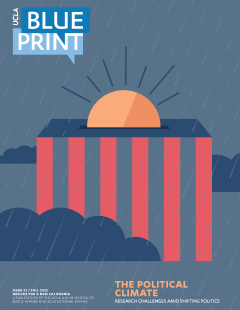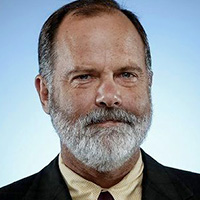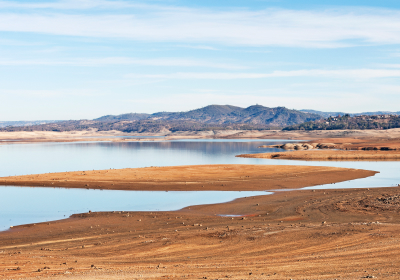The best research does not aim to serve any particular matter. Scientists, whether in the hard or social sciences, do not set out to please a policy maker, or to delight a constituency. Scientists pose a hypothesis, develop a method to test or analyze it and report back their findings.
That sometimes puts science in service of policy and other times sets research at odds with those in power. Legions of anti-vaxxers reject the science that undergirds COVID vaccines, even though the vaccines have saved some 14 million lives. Why the rejection? Because the success of the vaccines spoils a political position — that the danger of the disease was exaggerated for shadowy reasons related to government control — or because some have the unfounded view that the vaccine is more dangerous than the deadly disease.
A little humility, however, goes a long way. For those policy makers who regard science as a tool — and for those scientists who approach research without preconceptions — the two disciplines complement each other vitally.
That is clear from the work featured in this issue. The Blue Ribbon Commission on Climate Action and Fire-Safe Recovery did not set out to reimagine the Pacific Palisades or Altadena. The commission did not begin with an architectural or urban planning vision. Rather, it asked what steps would aid recovery, enhance building and energy resilience, restore fire-safe communities. Its recommendations flowed from those goals. Some have run into politics — there’s no escaping that — while others are being implemented.
Similarly, researchers have asked what makes some cities more conducive to riding bicycles than others, what can be done to lower the temperature of communities, even how it is that geopolitics intervenes in efforts to cool the planet. Those are complex questions, interweaving engineering issues with matters of human and political behavior. But they are subject to neutral analysis.
Of course, some will argue that studies starting from the recognition that the earth is warming adopt a conclusion at the outset: that climate change is real. So be it. Science builds on itself, in this case from obvious and intellectually indisputable observations and measurements around the globe. Here’s one: For 800,000 years, carbon dioxide levels in the atmosphere did not reach 300 parts per million — not from volcanoes, or geysers, or any other forces. The planet passed that mark in 1911. Today, it stands at more than 420 parts per million.
“There is unequivocal evidence that Earth is warming at an unprecedented rate,” NASA reports. “Human activity is the principal cause.”
Politics is not science. It responds to polls and changes in public sentiment. It is at the mercy of misinformation. Today, politics pits much of the work of climate science against a determined slice of the electorate, which would prefer to wish away the problem. It pits scientists rooted in data against smug deniers. It pits Sacramento against Washington.
The researchers featured in this issue of Blueprint are forging ahead anyway, and we are grateful for it. At times, their work may be unpopular, at least with some. But science does not respond to popularity; at least it shouldn’t. It is the job of humans to adapt to their environment, not the other way around.
























